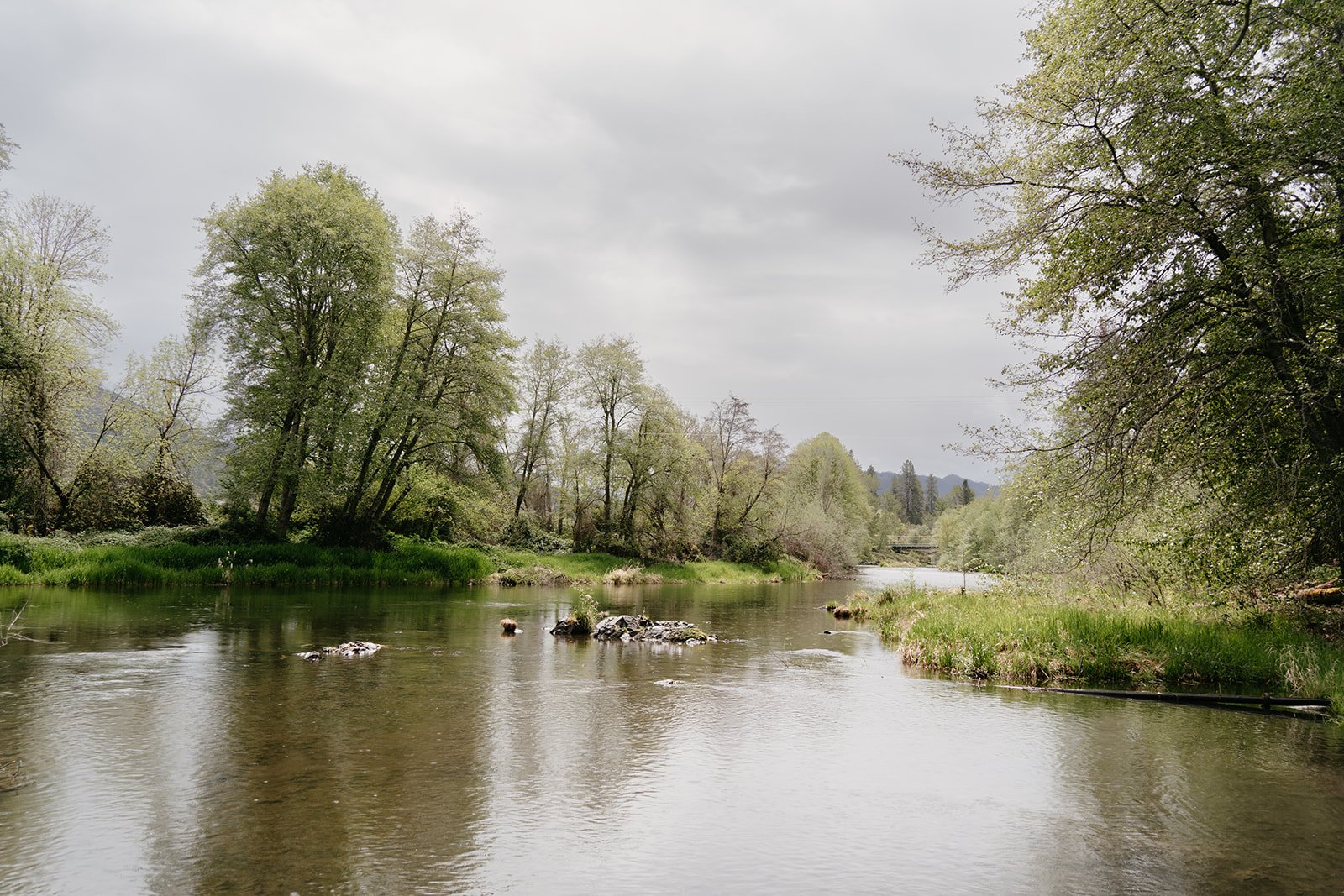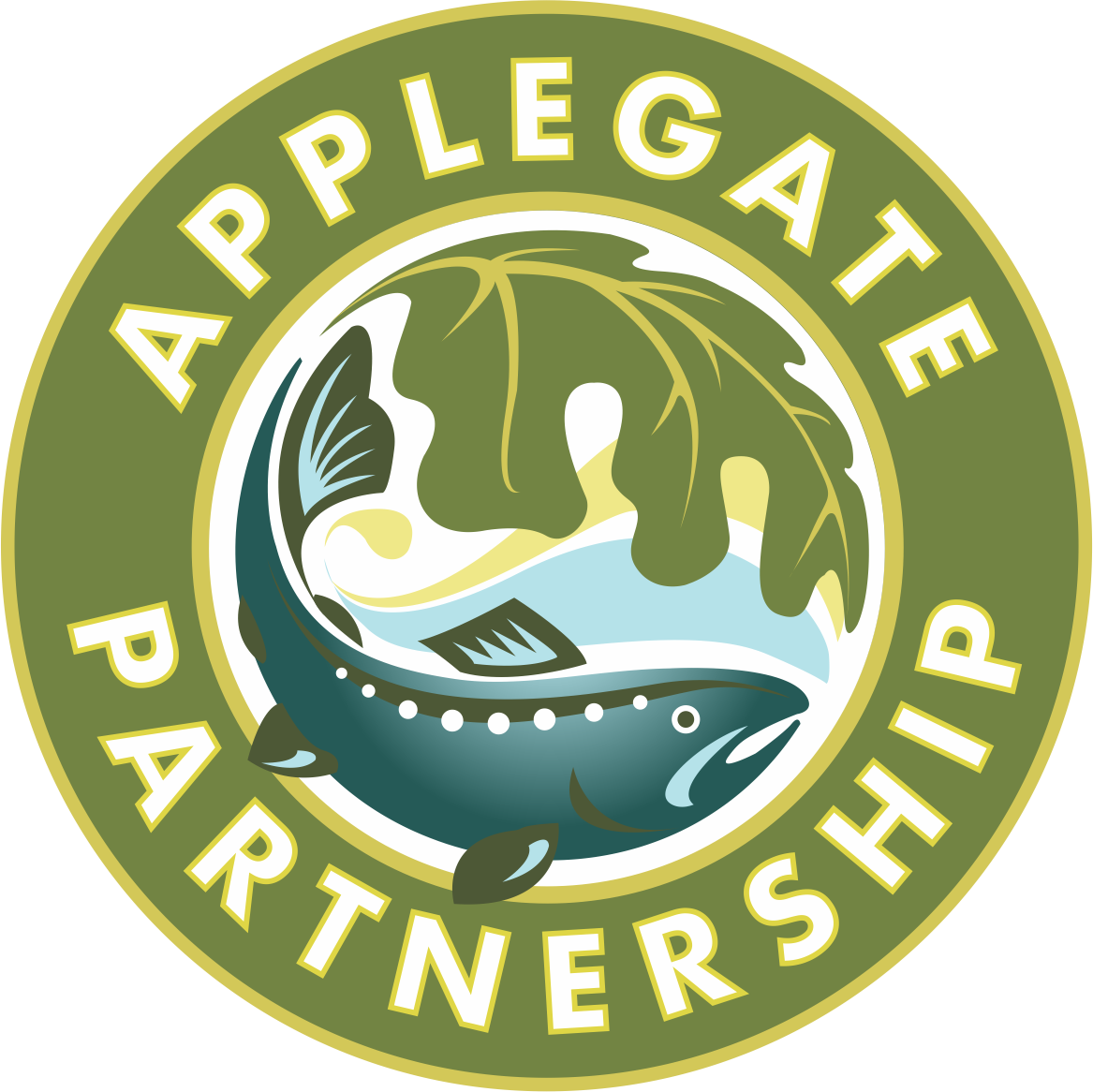
About Us
Our Mission
To promote ecosystem health across the Applegate watershed through stewardship, education and restoration carried out in partnership with landowners, agencies and other interested parties while contributing to local economic and community well-being.
-
An Applegate Watershed Community supporting a diversity of healthy and resilient landscapes that enhance the economic and social well-being of current residents of the valley without compromising the ability of those systems to support future generations equally successfully.
-
Inclusion:
As a community-based organization, we welcome everyone and strive to provide accessibility for all to our programs and services.
Mutually Beneficial Partnerships:
We seek partnerships and collaborations that broaden impact and opportunity. This builds trust, provides value to landowners, creates ecological uplift, and strengthens our organization.
Resilience:
We listen and adapt to our community and our environment to build upon our successes and learn from our mistakes. This leads to improved stewardship and a healthier watershed and community.
Transparency:
Through our values and actions, we aim to provide clarity and openness to our partners and community members.
-
Stewardship & Restoration:
Protect, restore, enhance, and maintain the overall vitality of the Applegate Watershed.
Promote best management practices (BMPs) that maintain, or improve, water quality, riparian health, instream flows, and watershed health to local land management, agriculture practices, and land development.
Initiate innovative conservation projects benefiting flora and fauna in terrestrial and aquatic habitats, in collaboration with private landowners and relevant agencies.
Education & Outreach:
Increase community awareness and participation in improving watershed health.
Capacity Building:
Sustain the mission of the APWC through the development of a more diverse and resilient base of human, financial, and other resources.
Our History
The APWC had its beginning in October 1992 when a group of concerned people gathered to seek solutions to the "lizards vs. logs" conflict on U.S. Bureau of Land Management and U.S. Forest Service lands. Growing weary of the constant conflict and battles that had degraded community life over the previous decade, it was generally concluded that natural resource management and environmental quality were not mutually exclusive and that common ground solutions could be found if everyone rolled up their sleeves and worked together. It was soon discovered that the ecological concerns were not limited to timber harvest on public lands, but included housing expansion, land use laws, agriculture, road maintenance, traffic, water quality, air quality, private land habitat loss, restoration needs, community well-being, neighbor relations, and many other social issues.
In 1994, The Applegate Partnership, Inc., was approached by the State of Oregon to act as the Watershed Council for the Applegate Valley in support of the Oregon Plan for Salmon and Watersheds. The Applegate River Watershed Council (ARWC) became the implementing group for restoration projects primarily on private lands in the Applegate.
The Applegate Partnership, Inc. and the ARWC (both now known as the Applegate Partnership & Watershed Council) have been successful in helping shift the management approaches taken by private landowners as well as public land managers in the Applegate Valley. Federal partners moved to landscape level planning with broader ecological restoration activities and discontinued clear cutting as their primary harvest method. Strong leadership and collaboration with agency partners helped develop an extensive water quality monitoring program throughout the Applegate in the early 2000’s. Publication and distribution of the Applegater newspaper to all Applegate households and many agency partners found its origins in the Applegate Partnership and helped broaden the community's understanding of ecological restoration in our watershed.
The Applegate Partnership merged the collaboration between the Partnership and the ARWC in 2008 and began doing business as the Applegate Partnership & Watershed Council (APWC). We have held our 501(c) (3) tax exempt non-profit organization status since 1994.
Watch Our Documentary
This documentary provides insight into history of the Applegate Partnership. It explains why the organization was created, and how people from all backgrounds were able to come together for the common good of the watershed and the community.
